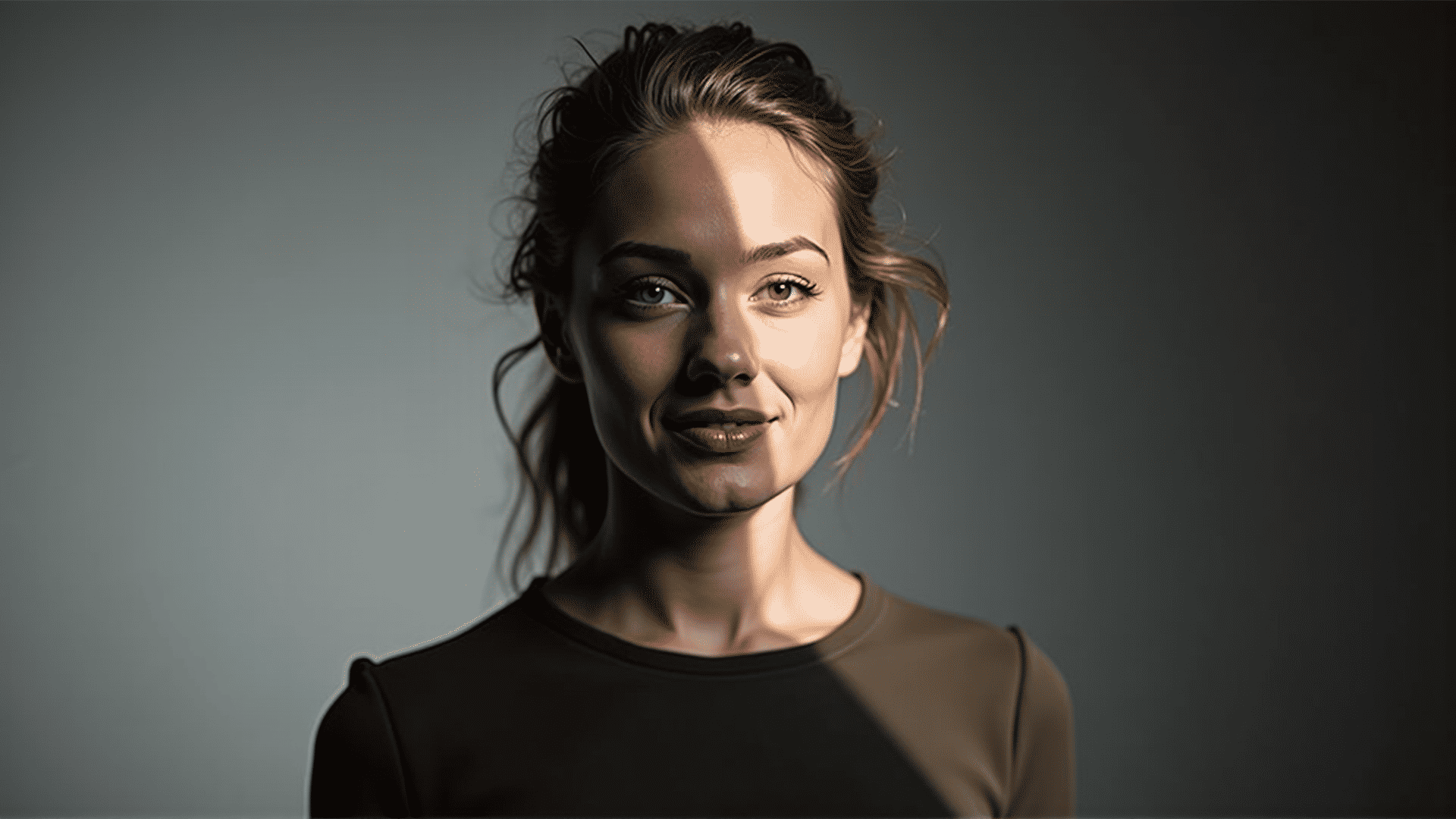When it comes to capturing stunning portraits, effective lighting plays a crucial role in highlighting your subject's features and conveying the desired mood. Understanding how to manipulate light can transform a simple portrait into a captivating one. In this article, we will explore various approaches to using both natural and artificial light to enhance your portrait work.
Natural Light Techniques
Natural light provides a beautiful and soft quality that can be used to great effect in portraiture. When working with natural light, the time of day can be a significant factor in the results you achieve.
-
Golden Hour Magic: The hour just after sunrise or before sunset, known as the golden hour, offers warm and diffused light that creates a flattering and romantic aura. This time is ideal for soft shadows and a glowing complexion.
-
Window Light: Indoor settings with large windows work as excellent diffusers, producing gentle light that can wrap around your subject. Position your subject near the window, and use sheer curtains to further soften the light if necessary.
-
Open Shade: On bright days, direct sunlight can create harsh shadows. Instead, use open shade—such as the shadow of a building or tree—to provide an even and balanced light source for your subject.
Artificial Light Techniques
While natural light offers beautiful qualities, artificial light provides consistency and control, allowing photographers to shoot at any time of day or in any weather condition.
-
Softbox and Umbrella Lighting: These tools soften light and reduce harsh shadows, making them perfect for portrait work. Position your softbox or umbrella at a 45-degree angle to your subject for gentle, flattering illumination.
-
Ring Light: Known for producing an even, diffused light, ring lights are excellent for eliminating shadows and highlighting facial features. They are often used in fashion and beauty portraits due to the appealing circular catchlight they create in the subject's eyes.
-
Rembrandt and Split Lighting: Named for the painter, Rembrandt lighting involves positioning a single light source diagonally from the subject to cast a triangle of light under the opposite eye. Split lighting, on the other hand, involves light positioned to one side of the subject, creating a high-contrast, dramatic look.
Combining Natural and Artificial Light
For more advanced control over your lighting environment, don't hesitate to combine natural and artificial light sources. For example, you can use a natural light setup near a window, and then add a touch of fill light from a softbox to highlight and sculpt your subject's features. This approach can help maintain the natural ambiance while ensuring the portrait remains evenly lit.
Conclusion
Mastering lighting techniques is essential for capturing compelling portraits. By understanding how to use and manipulate both natural and artificial light, you can enhance the mood, reveal the beauty of your subject, and make every portrait a piece of art. Practice with various setups, experiment with angles, and soon you'll develop a unique lighting style that complements your vision.
